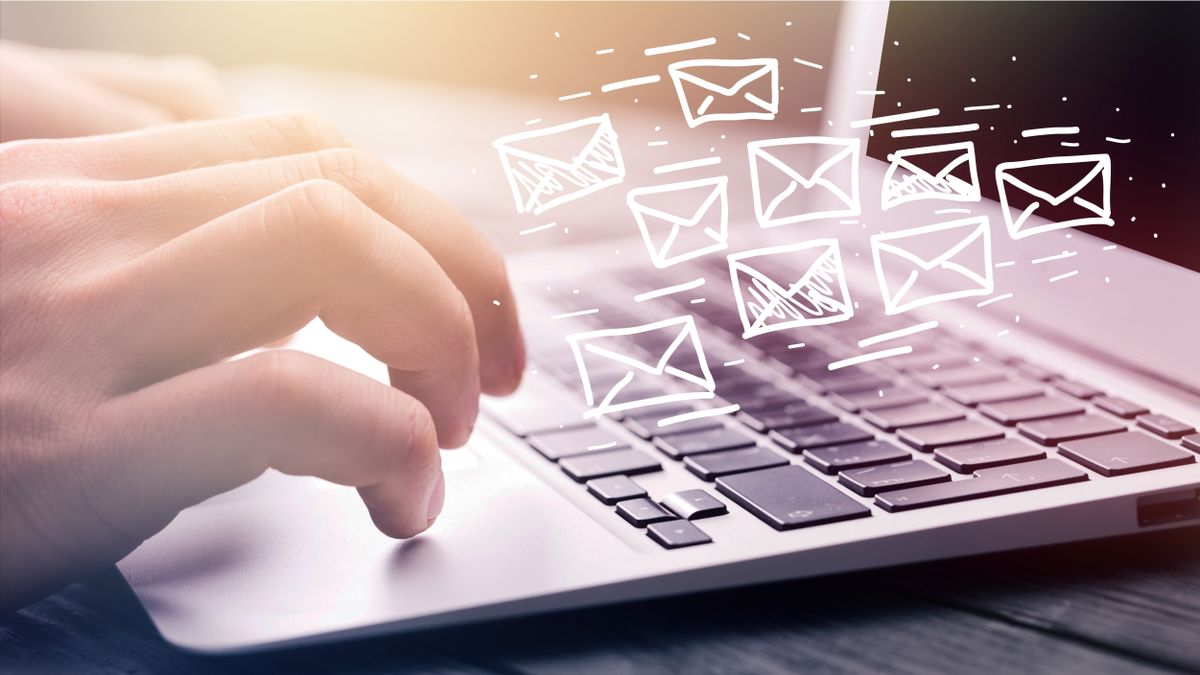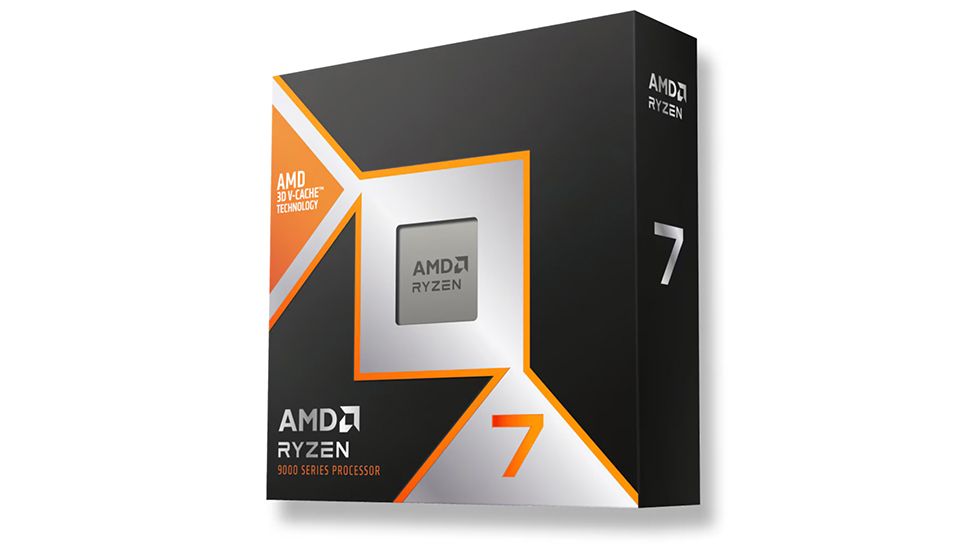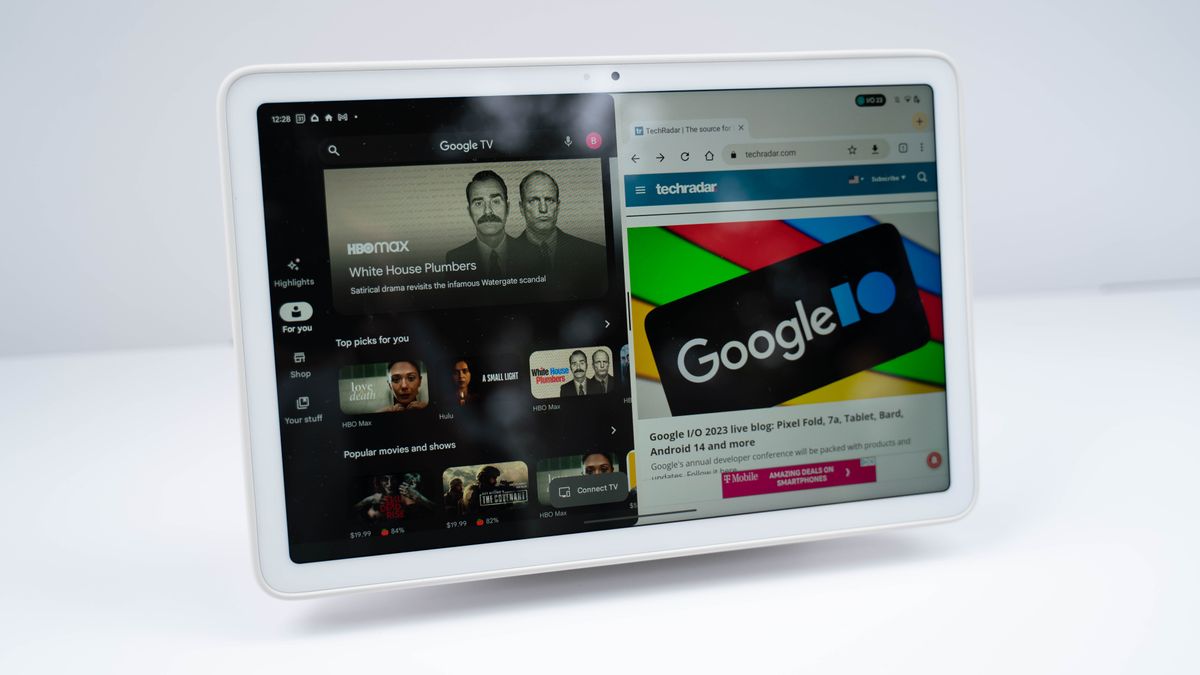Back in October, Google and Yahoo unveiled a pivotal update to their bulk sender guidelines.
Launching February 1, these new regulations, which impact both bulk emailers (those sending over 5,000 emails daily to Gmail accounts) and general Gmail users alike, introduced authentication requirements and defined thresholds for spam complaints. Specifically, they defined a spam complaint threshold of 0.3%.
Our preliminary analysis of the announcement was that this 0.3% threshold wouldn’t be a major problem for most email marketers. In fact, for large companies with established customer bases and large inbound lists, this update would probably help those companies. They likely have low existing complaint rates and can more easily and safely expand their outbound efforts.
However, the smaller, less established companies, specifically, those in the B2B space that may be using more aggressive outbound email marketing strategies or have been leaning on ABM to establish their brand, would likely be in trouble.
And it turned out that we were right.
Spam complaint rates across the B2B space
To better understand how these new sender guidelines would impact outbound marketing and sales, particularly in the B2B space, we studied spam complaint rates across various industries.
Our findings showed that complaint rates were well beyond the 0.3% threshold laid out by Google and Yahoo. In fact, it wasn’t even close! The average spam complaint rate across the B2B space was 2.01%, with a range between 1.1% and 3.1%.
Even worse, for the top 9 spammiest verticals, we couldn’t find a single sender that was able to score below the 0.3% threshold. When you break it down by industry, it becomes ever more clear who the top offenders are:
- B2B Software: Spam complaint rates peak at 3.2%, with a range of 1.3% to 4.3%.
- Political Issue & Electioneering Communications: Rates hover around 2.9%, ranging from 1.5% to 3.4%.
- Sales and Marketing Services: Experience a 2.8% rate, with a broad spectrum from 2.0% to 5.3%.
- Recruiting: Faces a 2.1% rate, ranging between 1.7% and 3.1%.
- Retail and E-Commerce: Encounter a 2.3% rate, with variations from 0.5% to 2.9%.
- Real Estate: Deals with a 1.9% rate, spanning 1.5% to 3.4%.
- Education and Training Providers: Show a 1.7% rate, within a range of 0.4% to 2.1%.
- Financial Services: Encounter a lower rate of 1.1%, ranging from 0.7% to 1.9%.
- Healthcare and Pharmaceuticals: Have the lowest rate at 0.9%, with a range of 0.7% to 1.4%.
This data isn’t entirely surprising when you think about it. B2B software companies and sales and marketing companies tend to do a lot of outbound. Healthcare and Pharmaceuticals on the other hand are beholden to pretty strict laws and regulations around communication.
B2B sales & marketing teams must adjust quickly
This data signals a critical issue for B2B outbound marketing. For businesses that rely heavily on outbound emails for lead generation and sales, this is a significant hurdle. Meeting the new sub-0.3% threshold appears daunting, if not impossible. The good news is there are strategies to mitigate these hurdles:
Boost transactional email volume: If we want to reduce the spam complaint rate %, we may want to increase total emails sent and optimize email volume. Increase the volume of non-spammy, transactional emails such as order confirmations, tracking updates, or purchase follow-ups. These are less likely to be flagged as spam and can balance out your overall email metrics.
Prioritize warm leads: Focus your emails on high-intent users (think those who visited your pricing page or added something to their cart). Tools for website visitor identification can be invaluable here.
Provide clear & numerous unsubscribe options: The unsubscribe option should be easily accessible and in multiple places. Hidden or hard-to-find unsubscribe links increase the likelihood of being marked as spam.
Utilize intent-based email lists: In some instances, there is no getting around cold emails. What you can do however is use intent-based email lists that can help you create more appropriate messaging that will resonate with prospects. The more you know about what your audience is interested in, the more personalized messaging you can create.
For B2B companies, adapting to these new guidelines is crucial. While outbound isn’t gone, it is more challenging. The good news for users is that this new complaint rate threshold should improve the email marketing and outbound space as a whole.
These new guidelines will force B2B marketers to evolve their outbound strategies and build better campaigns. For users this means less spam and more relevant emails. For marketing and sales teams, this should mean better targeting, more personalization, and less laziness.
The result? Improved sales to lead time. At the end of the day, large email providers like Google and Yahoo are focused on creating a better user experience and this means less spam. For B2B teams, the answer is simple…don’t be a spammer.
We’ve listed the best sales management software.
This article was produced as part of TechRadarPro’s Expert Insights channel where we feature the best and brightest minds in the technology industry today. The views expressed here are those of the author and are not necessarily those of TechRadarPro or Future plc. If you are interested in contributing find out more here: https://www.techradar.com/news/submit-your-story-to-techradar-pro





